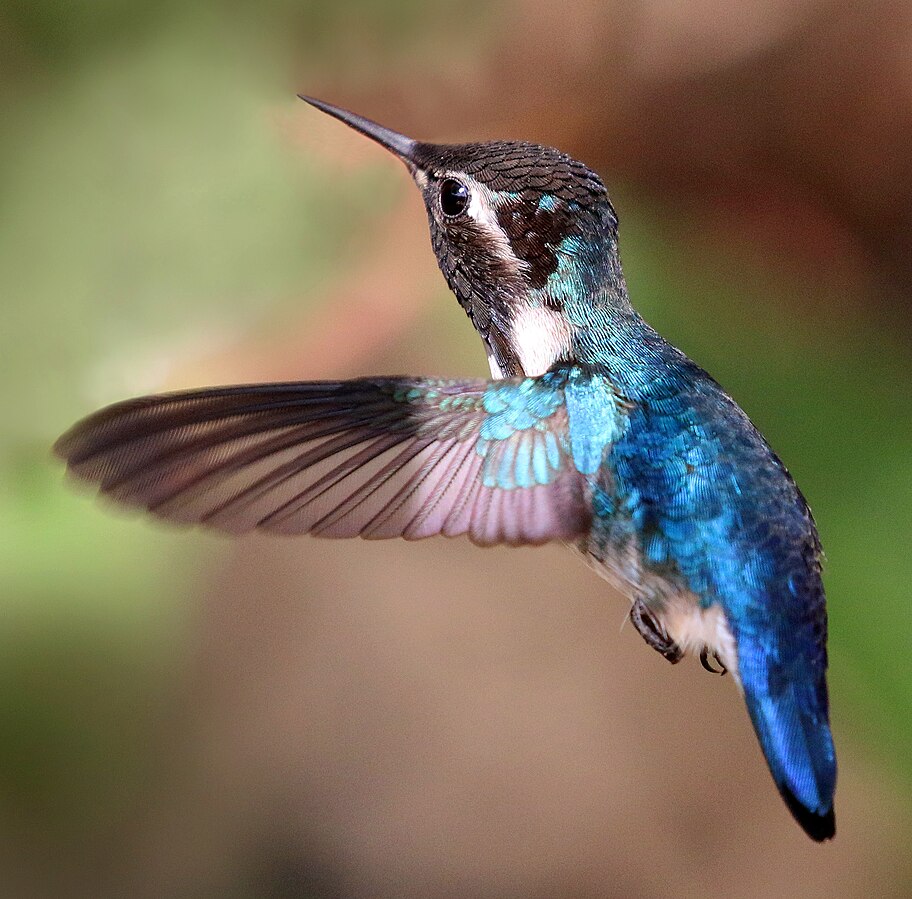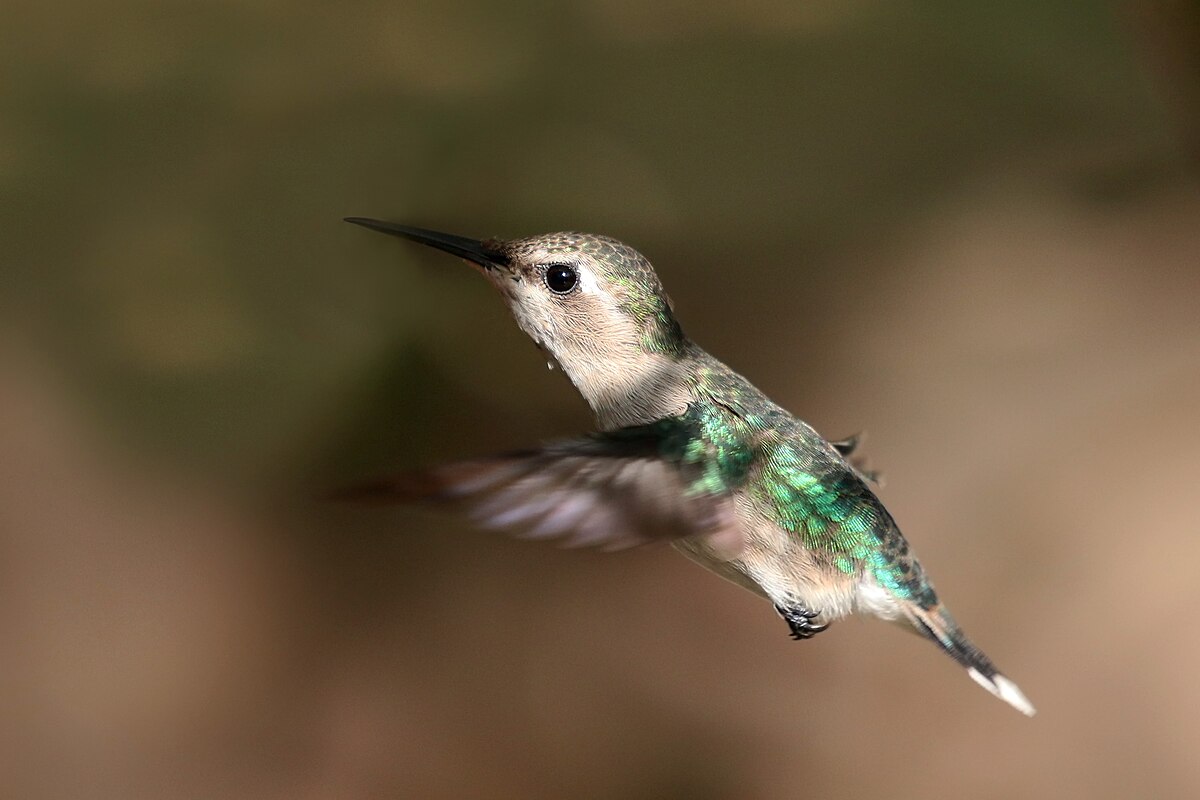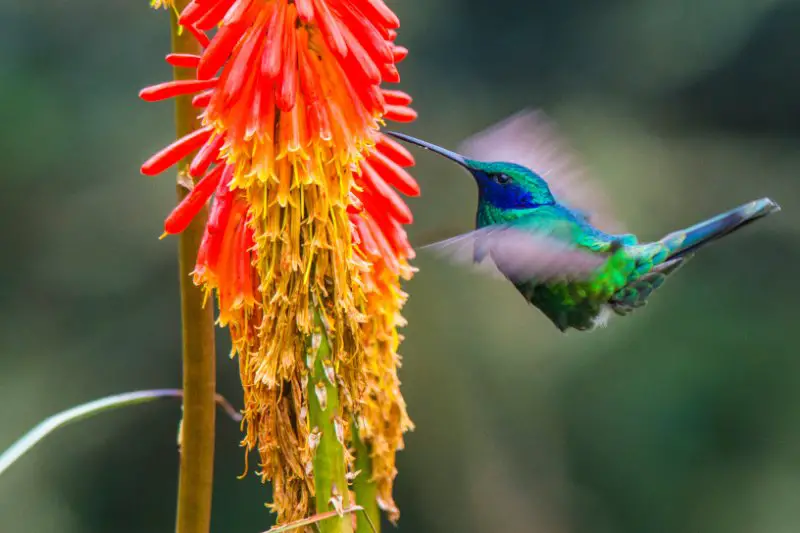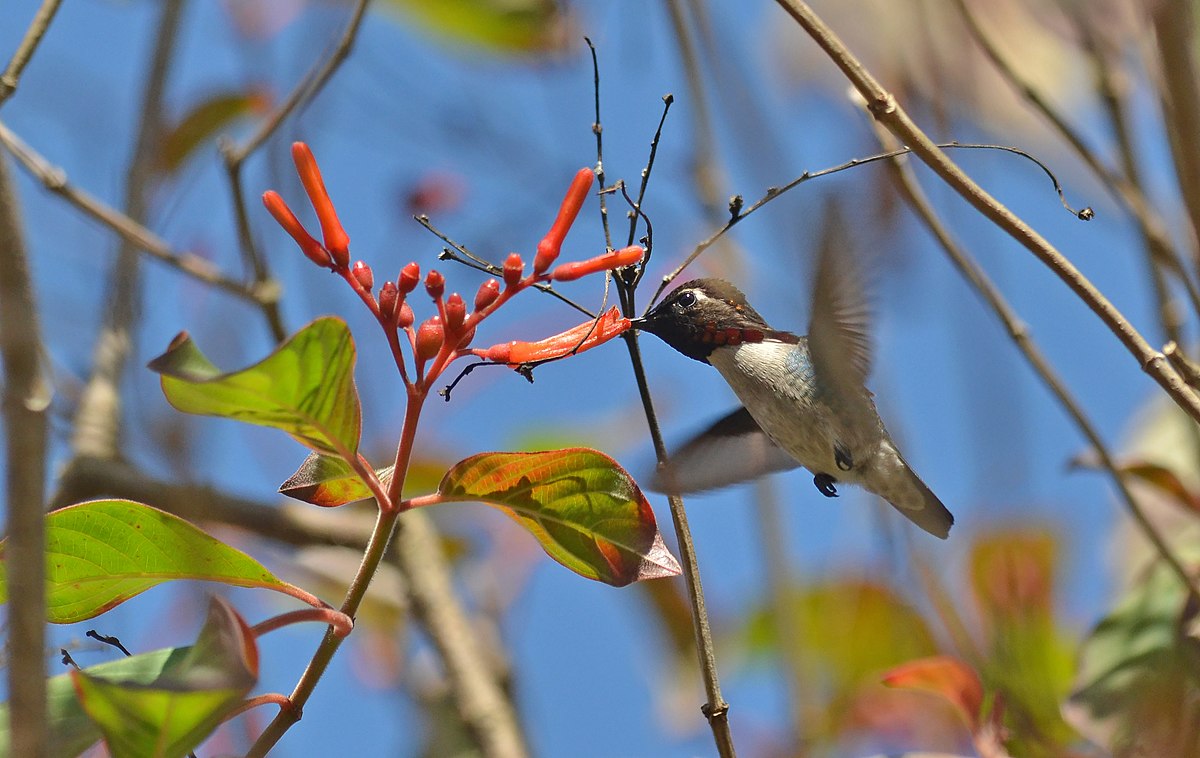Discover the magical world of the “Smallest Bird” on earth – the bee hummingbird! Boasting spectacular colors and playing a pivotal part in tropical ecosystem balance, this bird is a marvel of nature.
Magnificent Sweep of Colours

The bee hummingbird sports vibrant colors that are a visual treat. Males flaunt an fiery-red throat, a green pileum, and an upper body dressed in blue. Their underside is a contrasting serene gray-white and their iridescence simply adds to their charm. Females match their counterparts in beauty, displaying a splendid bluish-green upper body accompanied by a pure white underbelly. The tips of their tail feathers sport dazzling white spots.
Petite Size

When it comes to size, the bee hummingbird is quite petite, standing only 5 cm tall and weighing a meagre 1.8 grams. Their size is rather fitting for their name because they’re about the same size as a large bee.
Sweet Tiny Homes
Bee hummingbirds generally nest in tiny homes constructed mostly by females who gather up various materials like bark, cobwebs, and lichen. Measuring just an inch in diameter, these nests are delicately lined with plant fibers on the inside, creating cozy living quarters suitable for the world’s smallest bird.
Unique Diet

These birds primarily feed on nectar, sucked up by their slim and pointed bills. They also supplement their diet with occasional insects or spiders lurking within the flowers. Their contribution to flower pollination is significant as they may visit over 1,500 different flowers in a single day.
Flying Marvels

Rivalling their physical beauty, the bee hummingbirds are known for their impressive flight capabilities. They can hover like helicopters and even fly backwards, thanks to their wing beats which can cross 80 per second!
Lone Parenting

In terms of parenting, the female bee hummingbird keeps everything under her wings. She alone lays and incubates the eggs, usually two in number, each about the size of a small pea, and cares for the chicks post hatching.
Digging Deeper